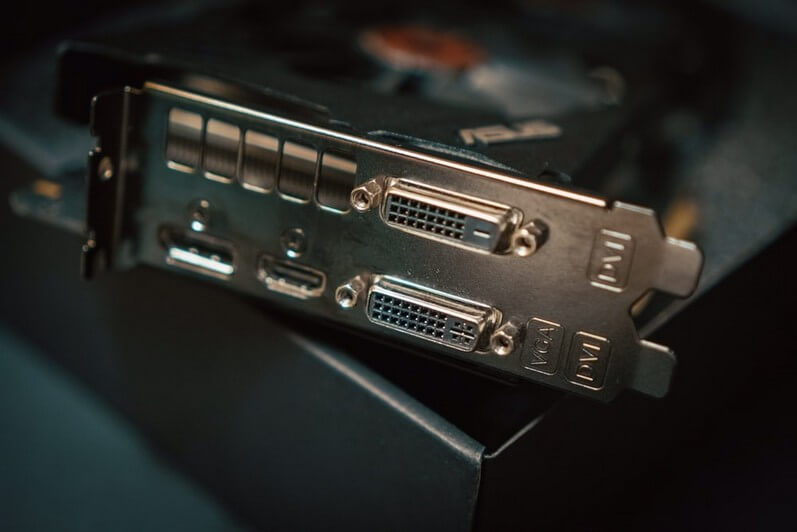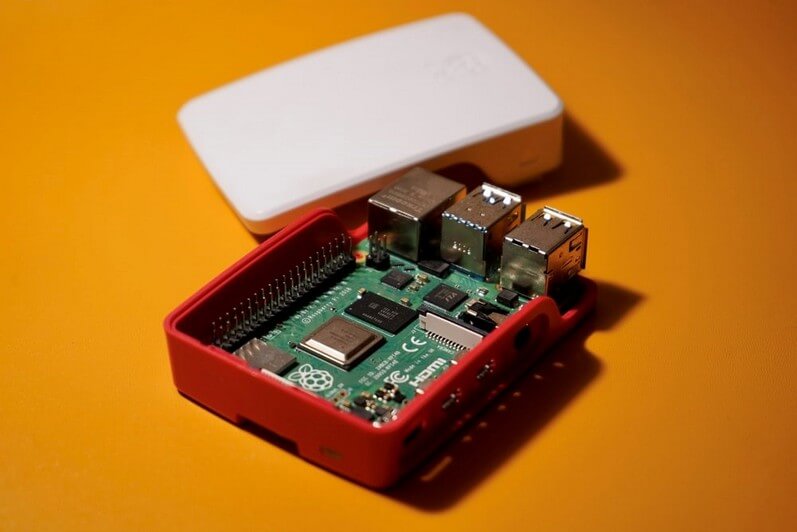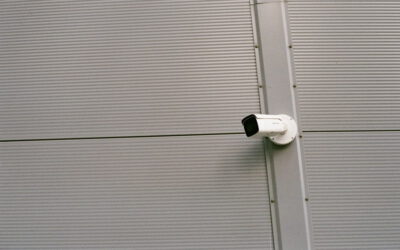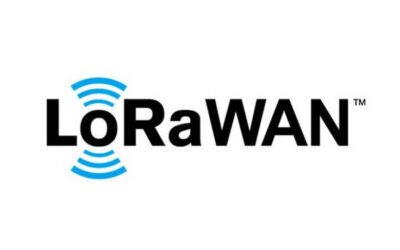Wireless video/audio transmitter and receiver: what is it and how to develop

Today’s homes and offices are getting increasingly smart and wireless to make the use of multiple devices more convenient and hassle-free. But how can you attain superior connectivity without transforming your space into a clutter of wires? Here is where a wireless HDMI transmitter and receiver come in handy, allowing a great degree of user comfort via a wireless connection.
What is a wireless transmitter? Overall, the wireless data transmission system typically includes two components – a transmitter issuing a signal (audio, video, or digital data) and a receiver allowing the recipient to get the intended data. The audio, video, or textual information is transmitted via a radio signal on a predefined radio wave of a specific length. Each state has specific legal regulations regarding the strength of a radio signal you may use. So, transmitters meant for individual or commercial use typically range from 100 to 1,000 feet in terms of their signal’s travel distance.
Why would you need such a device in your home or business settings? Which wireless video transmitter to choose to achieve your specific goals? How to set up a long-range wireless video transmitter and receiver for secure, stable video transmission for long distances? Here we disclose everything about this type of device and explain how you can build your own, professional wireless video transmitter and receiver with the help of ADUK experts.

Pros and Cons of Developing Your Own Video/Audio Transmitter
Most audio/video data is now sent via radio signals, enabling users to receive basic services, such as cable and digital TV broadcast, radio broadcast, Internet connection via Wi-Fi, etc. Users come across numerous cases of wireless data transmission every day, which they may not even notice. One thing is for sure; wireless connectivity has made many data transfer operations simple, and this is where you can gain an additional business advantage. By producing your own video and audio wireless transmitter receiver, you can win a share of the booming modern market of wireless data transfer.
So, why not use the ready-made products available on the market and opt for your own, customized product? Here are some considerations for businesses.
Pros
- Higher efficiency
By offering custom HDMI transmitters to your users, you keep pace with the times and give customers a better deal for their money. People strive for greater efficiency, convenience, and sleekness of design in their home and work settings. Thus, allowing seamless connectivity without mounting wires across the room is always a step ahead.
- Accessibility
Modern users want to have easy access to their devices and content, even on the go. Wireless technology is what enables such accessibility. Thus, if you market your HDMI transmitters with a focus on ease of access, your product has good chances for market success.
- Flexibility
Compatibility and connectivity are among the users’ top priorities in the choice of hardware, so you can win a share of the user market by focusing on your product’s flexible, seamless user experience.
- Cost savings
The first wireless HDMI transmitters were large and expensive, but things are changing with the development of this technology. Such devices are getting sleeker and more affordable for broader user categories. Thus, if you plan to develop and market such a product, focus on making it cheaper than analogs.
Cons
- Investment costs
Creating custom-tailored transmitter hardware is always a cost-intensive project. You need to be ready to invest some money into this undertaking before it starts paying off, as hardware development is not a quick process. Thus, proper budgeting and project planning are vital to keeping you from a business failure.
- Installation guidance
No matter how user-friendly your installation kit is, there will always be laypersons requiring additional guidance. Thus, it would be best to consider the varying tech expertise of your users before launching the new transmitter to the market. Prepare some educational videos and walkthroughs for the clients so that they don’t experience serious challenges and don’t form a negative opinion about your product.
- Coverage challenges
As soon as you provide clients with a wireless connection, be ready to deal with the ‘black spots’ where the signal will be too weak for high-quality data transmission. Some people live in buildings with thick walls; office buildings may have built-in steel reinforcing structures hindering the signal, etc. Thus, you need to have a variety of solutions for clients unable to use your products because of such challenges.
As you can see, creating your custom wireless audio transmitter and receiver for speakers or, let’s say, a wireless audio transmitter for TV gives you a competitive advantage on the market. By delivering the TV broadcast or other service, you also give your clients a readily adjusted hardware solution to connect their devices (e.g., TV sets or laptops) to your hardware hassle-free.
The modern reality of user preferences is that people like to get full-service packages without searching for compatible connectors and supplements. Thus, if you produce video cameras and know that your customers are likely to connect their cameras to larger screens to make presentations or real-time video broadcasting, you can also supply a branded wireless video transmitter and receiver for video camera. In this way, you increase the company’s revenue through upsells and ensure customer satisfaction by giving them a complete hardware package for all use purposes.

How to Develop Your Own HDMI Transmitter?
Users have quickly captured the benefits coming with the use of wireless HDMI transmitters, allowing them to connect numerous gadgets to a single source device. Using the best wireless video transmitter and receiver for video camera, any layperson can view videos on their laptop, projector, or TV set without using annoying wires. Besides, a modern trend of setting up a home movie theater requires the use of such transmitters compatible with both a video broadcast device and a receiving device.
Thus, any business specializing in data transfer or multimedia hardware/software should consider developing of HDMI transmitter as an additional business niche.
- Choose the type of transmission your device will enable (e.g., infrared transmission, frequency modulation (FM), or digital radio frequency (RF) transmission.
- Decide on the connection quality your device will have (4k video quality is gaining momentum today).
- Determine the scope of use for your device (home theater design, industrial sensor systems, military or bank security systems, etc.)
- Identify the parameters of devices with which your transmitter will be compatible (there is a realm of parameters in various producers’ devices, and not all of them can be connected together).
If you’re new to the industry and need a competent companion in this project, make sure to contact ADUK experts and get a professional consultation. ADUK has extensive expertise in embedded hardware and firmware development and has been working with customized hardware creation for years. So, here, you’re sure to receive unrivaled technical solutions and brand-new product offerings for a successful market entry.
Recent Posts
- What Is an Exoskeleton Suit?
- Where can you use an ultrasonic motor?
- Smart Camera: System That You Can Use for a Wide Variety of Purposes
- Why Is the Smart Toothbrush Better Than a Regular One?
- Microcontrollers: An Integral Part of Embedded Hardware
- Air Quality Monitoring System: Why It’s So Important in Modern Realities





